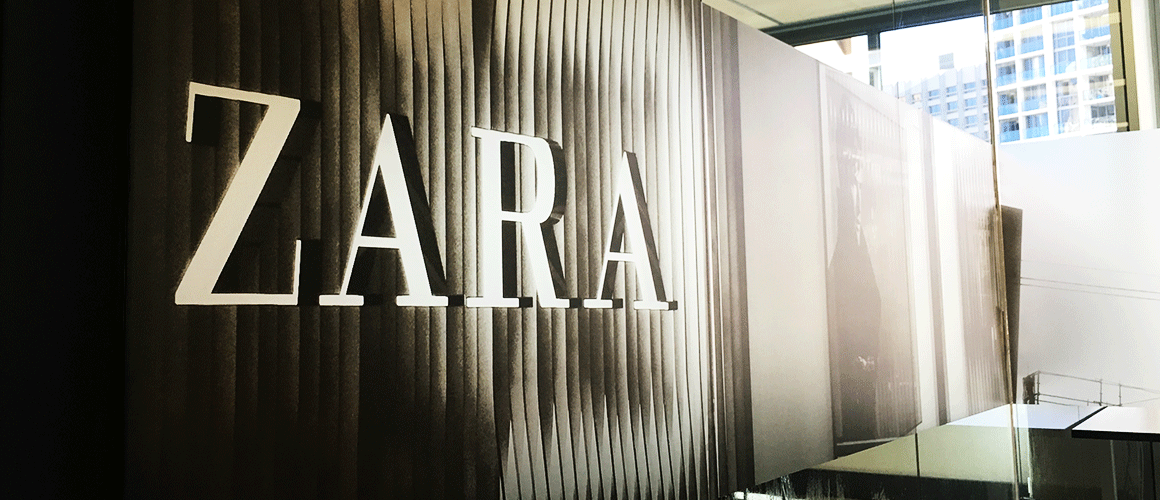In our first instalment, we looked at the importance of design in engaging pedestrians, and drawing interest into your imagery and messages, creating an important marketing tool for your business and development.
Installation is so important to the image of the brand and the message that it’s conveying – developments obviously cost considerable amounts of money, so you’d be out of your mind to misrepresent, or settle for second best.
Here is the second instalment of the 2 imperatives for making an otherwise boring, brutalist hoarding into an informative, artistically pleasing, branded and cleanly installed point of engagement.
All you’ll need is a good Impact Driver, as many fixings for one every 500-1000mm, a tape, and a pry bar. Here’s how:
Pry Bar, Impact Driver, Fixing Bits, Hex Head Metal Tek Screws are all you need.
- Ensure you’ve gotten your measurements correct! Check the height of the Hoarding, and how the Vinyl Skin is going to fit on (don’t forget we need to allow a little extra space top and bottom to fit our sail track extrusion)
- Run your first length of sail track along the top of where the skin will run. You’ll only need screws or fixings around every 1000mm apart
- Take your skin, and run the top Kedar edge along the inside of the sail track, like a curtain (this is the fun part)
- Run the sail track along the bottom edge and let it sit there for a bit, you’ll come back to this later
- Run a length of sail track along a vertical edge of your choosing, and affix it to the hoarding, again fixings around 1000mm apart
- Move to the opposite end of the skin, and slide in the other vertical length of sail track. Pull it as tight as you possibly can using your pry bar by pressing the elongated end between the track and the skin, applying your weight to the curved end of the bar, using this for leverage and extra tension. Once it’s as tight as you can possibly go, take your fixing and go into the hoarding – screw on an angle to get a few extra millimetres of stretch. You should notice that the skin has ripples running horizontally along it’s length – if it doesn’t, you need to go tighter
- Working on the bottom, take your pry bar, and use the same technique just mentioned. Project your weight downwards, and angle your fixings downward as well. You’ll see that this is pulling out those horizontal ripples. You don’t want to over tension by putting too many fixings in though as this will create other ripples – less is more!
- If there are any residual ripples, experiment with your pry bar to see where you can put a fixing
- You’re done! If you do however see a few slight creases in the fabric (like an un-ironed shirt), don’t worry, some exposure to the sun will get those out.
Check out this time lapse of the ScrimWorks team using this technique for an amazing result.
You should now be a professional at design and installation – but if you ever need a hand or some insight, or someone to do all the work for you, get in touch with us and we’ll be more than happy to complete the design, print, and installation, start to finish. We love it.







